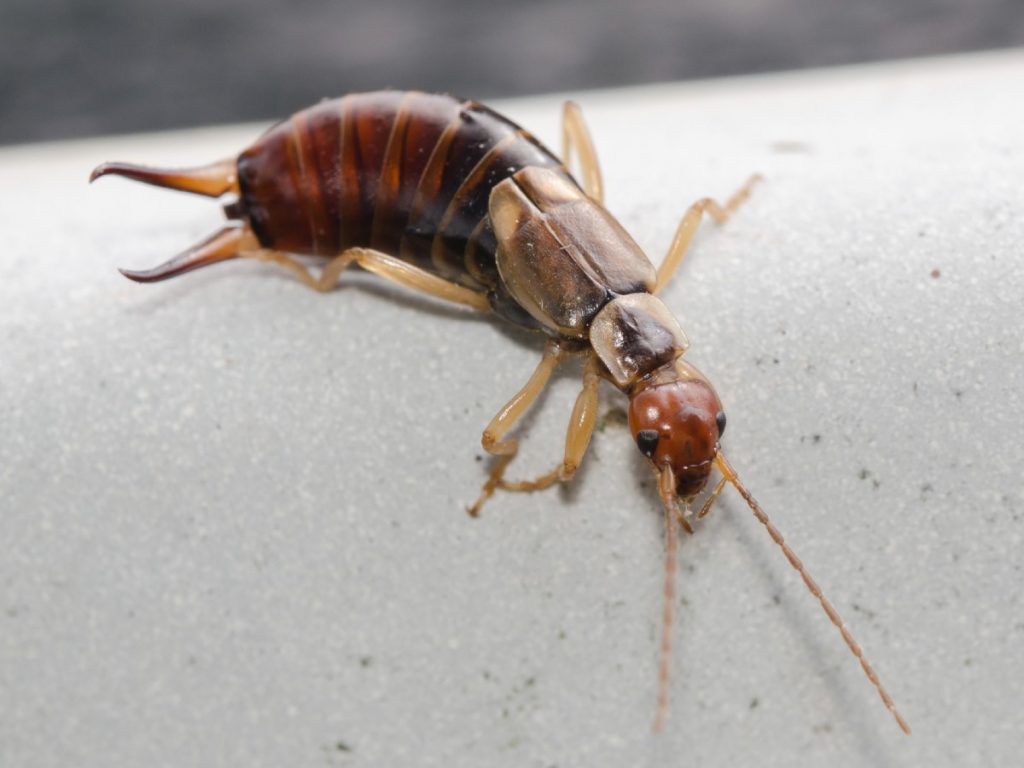Many pests are nocturnal, meaning they are most active at night. These creatures often go unnoticed during the day, emerging only after dark to forage, mate, and cause mischief. Identifying nocturnal pests is crucial for effective pest control and maintaining a healthy living environment. This article explores common nocturnal pests, their behaviors, signs of their presence, and effective control methods.
Common Nocturnal Pests
-
Cockroaches
- Behavior: Cockroaches are highly active at night, scavenging for food and water in kitchens, bathrooms, and other areas where food particles and moisture are available.
- Signs of Presence: Look for droppings, shed skins, egg cases, and a distinctive musty odor. You may also see them scurrying when you turn on a light at night.
- Control Methods: Maintain cleanliness, fix leaks, seal cracks and crevices, use baits and traps, and consider professional pest control for severe infestations.
-
Rodents (Mice and Rats)
- Behavior: Mice and rats are primarily nocturnal and are adept at hiding during the day. They forage for food at night and are known for their gnawing behavior.
- Signs of Presence: Look for droppings, gnaw marks, nesting materials, and greasy rub marks along walls. You may also hear scratching or squeaking noises at night.
- Control Methods: Seal entry points, keep food in airtight containers, use traps and bait stations, and maintain good sanitation practices. Professional exterminators can handle larger infestations.
-
Bed Bugs
- Behavior: Bed bugs are nocturnal blood-feeders that hide in mattresses, bed frames, and furniture during the day. They come out at night to feed on sleeping humans.
- Signs of Presence: Look for small reddish-brown bugs, blood stains on sheets, dark fecal spots, shed skins, and itchy red bites on your body.
- Control Methods: Wash and dry bedding at high temperatures, use mattress encasements, vacuum regularly, and consider professional heat treatments or insecticides.
-
Bats
- Behavior: Bats are nocturnal mammals that roost in dark, secluded areas during the day and emerge at night to feed on insects.
- Signs of Presence: Look for droppings (guano) near roosting sites, squeaking or fluttering sounds, and oily stains at entry points.
- Control Methods: Seal entry points after ensuring bats have vacated, use bat houses to provide alternative roosting sites, and contact wildlife control professionals for safe removal.
-
Crickets
- Behavior: Crickets are active at night and are known for their characteristic chirping sounds. They can enter homes in search of warmth and food.
- Signs of Presence: Listen for chirping noises, particularly at night. Look for crickets around entry points and in warm, dark areas.
- Control Methods: Seal entry points, reduce outdoor lighting, maintain a clean environment, and use sticky traps or insecticides.
-
Spiders
- Behavior: Many spider species are nocturnal hunters, spinning webs or actively hunting for prey during the night.
- Signs of Presence: Look for webs in corners, basements, and attics. You may also find egg sacs and shed skins.
- Control Methods: Regular cleaning to remove webs, sealing entry points, reducing clutter, and using insecticides or professional pest control services.
-
- Behavior: These arthropods are nocturnal and prefer moist, dark environments. They come out at night to hunt for insects (centipedes) or feed on decaying organic matter (millipedes).
- Signs of Presence: Look for these creatures in basements, bathrooms, and under sinks. You may also find their shed exoskeletons.
- Control Methods: Reduce moisture levels, seal cracks and gaps, remove organic debris, and use insecticides if necessary.
Effective Nocturnal Pest Control Strategies
-
Inspection and Monitoring
- Conduct regular inspections of your home, focusing on areas where pests are likely to hide during the day, such as basements, attics, kitchens, and bathrooms.
- Use monitoring devices like sticky traps and bait stations to detect and track pest activity.
-
Sanitation
- Keep your home clean and free of food debris, crumbs, and spills. Regularly clean under home appliances, in cabinets, and other hard-to-reach areas.
- Store food in airtight containers and dispose of garbage regularly.
-
Exclusion
- Seal cracks, gaps, and holes in walls, floors, and foundations to prevent pests from entering your home. Pay special attention to areas around utility lines, pipes, and vents.
- Install door sweeps and weather stripping to keep pests out.
-
Moisture Control
- Fix leaks and repair damaged plumbing to eliminate moisture sources that attract pests. Use dehumidifiers in damp areas like basements and crawl spaces.
- Ensure proper drainage around your home to prevent water accumulation.
-
Lighting
- Reduce outdoor lighting or use yellow, sodium vapor, or LED lights that are less attractive to nocturnal insects.
- Keep indoor lights off or dimmed at night to minimize attracting pests.
-
Professional Pest Control
- If you have a severe or persistent pest problem, consider hiring a professional pest control service. They can provide targeted treatments and ongoing monitoring to keep your home pest-free.
Conclusion
Nocturnal pests can be a significant nuisance and pose health risks if left unchecked. By understanding their behaviors, identifying signs of their presence, and implementing effective control strategies, you can protect your home from these nighttime invaders.
Regular inspections, good sanitation practices, exclusion methods, moisture control, and professional pest control services are essential components of a comprehensive pest management plan. Stay vigilant and proactive to ensure a safe and pest-free living environment


